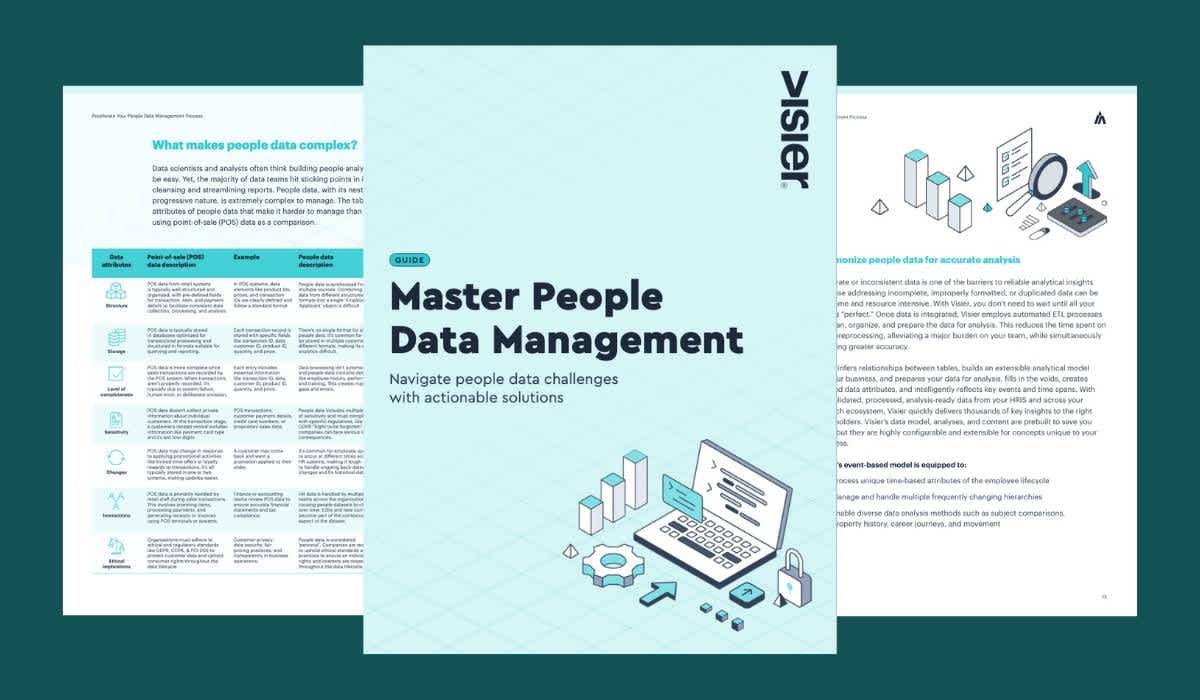What Is Self-Serve Analytics?
Discover the power of self-serve analytics, enabling independent access and analysis of data for business and HR leaders to make better decisions.

Self-serve analytics is the ability to access and analyze data independently of trained data analytics experts. This power has greatly improved the capacity for business and HR leaders to take advantage of the data that’s now available to them directly, without having to rely on others to do this analysis.
What is the purpose of self-serve analytics?
Businesses have always required data—and the strategic and accurate analysis of data—to drive relevance and appropriate business decisions. That analysis has historically proven challenging for business and HR leaders, especially as the volume of data has grown over the years.
Technology, though, has now vastly expedited that analysis, with machines taking on much of the burden of analysis, allowing humans the capacity to be better informed and make better decisions.
How does people analytics come into play?
The analysis of data has become increasingly important in the HR field. This led to the creation and widespread use of a new term—people analytics.
Through self-serve analytics, people analytics dashboards can be created, offering visual tools to help HR leaders, and others, quickly comprehend and evaluate data. This allows for both real-time and ongoing analysis of key metrics related to HR management like employee engagement, employee performance, turnover, productivity, etc.
What is the future of self-serve analytics?
The future of self-serve analytics will make meaningful data available to more people within their respective organizations, helping drive more informed decision-making. This has been referred to as the “democratization of data.” This implies data is no longer available and accessible only to IT or data analysis professionals but to everyone within the organization.
What are the types of analytics you can access through a self-serve process?
There are four core types of analytics you can take advantage of with self-service analytics:
Descriptive analytics is the most basic type of data analysis. It describes objective data points like how many, when, where, and what.
Diagnostic analytics answers the question of why something happened, helping organizations gain insights into past performance.
Prescriptive analytics relies on artificial intelligence (AI) to identify actions one should take to address certain issues (e.g. an increase in turnover in HR).
Predictive analytics is the most advanced capability and is increasingly used in fields like HR. It can help you identify trends and make predictions about likely future events (e.g. telling which employees may be at risk of leaving an organization).


